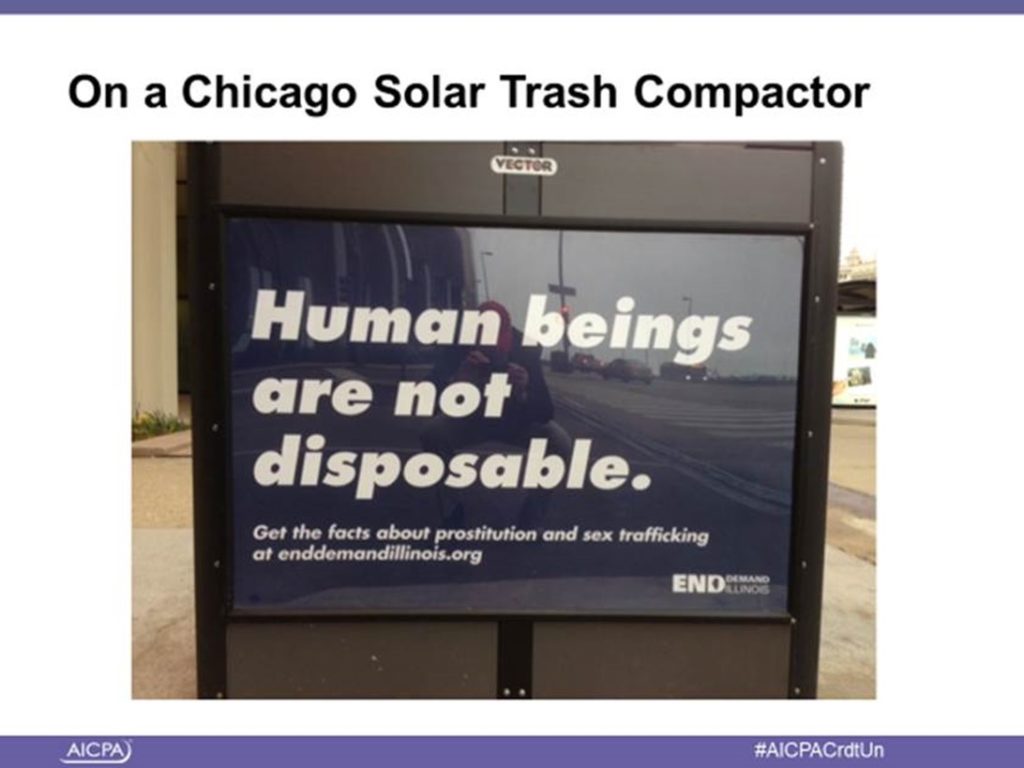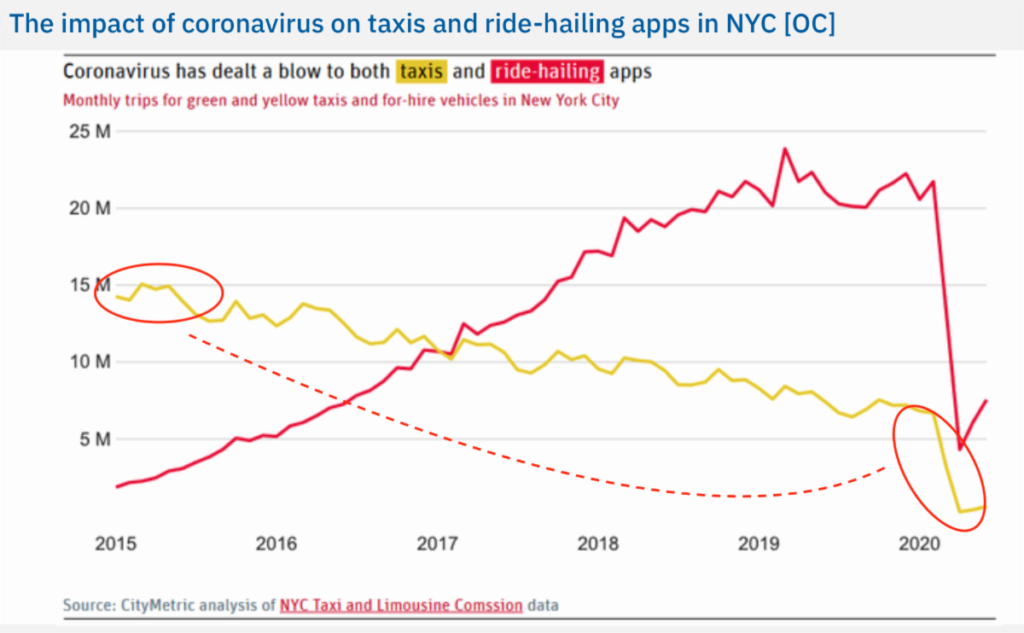Part I documents the flailing financial performance of PenFed’s merger growth strategy. It increasingly depends on acquisitions of sound, well-capitalized credit unions to prop up its below average financial performance.
Why should this be a concern of other credit unions? Or industry leaders? Or regulators? Aren’t mergers independent decisions by CEOs and boards claiming to do the right thing for their members? Why should others get involved in these “consenting combinations” of two distinct firms? And if there is something untoward going on, isn’t that the responsibility of the regulators to address, not other credit unions?
So far, PenFed has acquired 20 credit unions, the vast majority of whom were exemplary models of how credit unions can make a difference for their members and local communities. This value established over decades is ended by PenFed mergers and replaced by a distant, virtual model devoid of local connection and relationships.
PenFed’s actions are not only a sham strategy, they also debase and weaken the cooperative system.
Induced Consent
The process by which this is done is to pay CEO and senior staff severance bonuses and other salary and benefit increases, provide one-time staff bonuses as much as 10%, and often offer a special bonus dividend of several hundred dollars to members—all contingent upon member approval of the merger.
These incentives ensure the required member vote is a mere administrative formality. It presumes the decades of member trust and loyalty can be relied upon so they will follow the recommended action of the board and familiar management team. The member vote is largely by mail and the required in-person meeting is always on the final day of voting. That timing eliminates the opportunity for discussion of alternatives by members.
This managed process virtually guarantees approval. The percentage of members who vote in favor are always in single digits, but none the less sufficient to meet the only legal requirement– that a majority of those voting must approve the merger.
The process is both dishonest and corrupting. Member voting is charade. NCUA’s merger regulation gives legal cover to the payment of personal incentives that by any objective criteria bear all the earmarks of payoffs.
The Falsehoods of the Participants
This duplicity is confirmed by other documents. There are written statements by the leaders which contradict the merger action recommended. For example, Sperry Associates FCU’s CEO, two weeks before the mailing of the Member Notice, published an op-ed in Credit Union Times, extolling the superior strategy and performance of his ”right-sized” credit union versus larger or smaller ones in the pandemic:
A larger firm would have had to schedule meetings, create committees and navigate the rough waters of corporate politics, while a smaller firm would be working to enter the market. For us in the middle, we were the right size to react appropriately, all while using our internal talents to ensure that due diligence was conducted, and our solutions were beneficial to those we serve.
Is This Who We Are? Part I: The Proposed Merger of PenFed and Sperry Associates FCU
PenFed’s merger eliminated this credit union’s single office and ended virtually all of the local activities and relationships. The 16,303 members are now required to transact all contacts virtually.
Sperry’s Chair had been honored as volunteer of the Year by the New York Credit Union League in June 2020. He readily accepted knowing that in January he had agreed to the PenFed merger, an action not disclosed until July, after the award.
The Proposed Post Office Merger in Madison WI
Corruption is a form of dishonesty or criminal offense undertaken by a person or organization entrusted with a position of authority, to acquire illicit benefit or abuse power for one’s private gain. Wikipedia
PenFed’s acquisition of the $35 million Post Office CU follows the same game plan as the Sperry Associates FCU merger. The Wisconsin credit union, chartered in 1934, has a net worth ratio of 22%, seven employees, one branch and serves all of Dane County. It is sound, well-run and long serving. https://www.pocu.com/our-story
In the October 15, 2020 Special Meeting Notice, the required disclosures show that the CEO will receive a five-year employment contract with an increase in annual salary to $125,000; the Vice president has a comparable gain. “Select” employees will get a 10% retention bonus and all, a three-year employment offer. If either the CEO or Vice President terminates employment, they are eligible for one-time payments of up to $614,900.
Each eligible member will get a one-time $200 capital distribution “if the merger is approved and consummated.” This would be from the credit union’s 22% net worth of $7.6 million and is estimated at only 8% ($640,000) of this total. The remaining $7.0 million reserves transfers to PenFed as other operating income, that is free money.
The payments are in plain sight, all contingent on a merger. The member notice provides not a single rate, fee or factual service benefit from this action. In Sperry, the single office is being closed. In Post office the wording is vague: “PenFed intends to maintain the current POCU branch at. . .” This is not a commitment.
While the objective evidence of financial inducements is clear, how can one know this is not a considered, well intentioned decision to enhance members’ future? After all, the Post Office board of directors affirmed in their Notice that the merger is desirable for the following reasons:
- Our board evaluated strategic possibilities to ensure that you our member, will continue to receive the full range of products and service you deserve.
- We have been diligently seeking to find alternatives.
- Only one option meets the full range of our objectives: growth of membership, expansion of product offerings, infusion of investment in IT cybersecurity, improved training and enhanced community service. . .PenFed is in the best interests of our members.
The director’s closing assurance of its considered judgment is given in these words:
“It is the recommendation of your Board that you vote “yes” to approve the merger. Please be assured that you are our valued member, and we have every confidence that you will be pleased by the level of commitment service, and value that you will receive from PenFed etc. . . “
If the financial facts were not sufficiently self-incriminating, the words above expose the dishonesty of the Board’s actions. There was no due diligence of PenFed that caused them to choose this from “ a range of options.” How do we know? Because these are exactly the same representations word for word sent to the members by Sperry Associates and Magnify, PenFed’s two most recent mergers. And the explicit “assurance” contained in the Notice, “we have every confidence that you will be pleased,” is exactly the same as in these two prior mergers.
PenFed assisted in the drafting of these notices. Since NCUA approved these wordings in the past, it will do so in the future, regardless of their veracity. NCUA endorsed Post Office Board’s assurance of due diligence even though there are no facts in the notice that would confirm this assertion. NCUA’s dereliction in ratifying these exact duplicates of alleged diligent representations of member interests, raises the question whether the agency has any clue about events.
As in PenFed’s other mergers, the leaders of Post Office have compromised their responsibility to their members. The member-owners will now be shorn of their credit union through their directors’ and CEO’s indifference to their legal and fiduciary duties.
NCUA Greenlights PenFed’s Conduct
The ONES office at NCUA oversees the examination of PenFed and approves all its mergers. It has seen the member notices that repeat word for word the misleading claims of due diligence and member assurance. It examines and tracks PenFed’s subpar financial performance.
NCUA has all the facts and fictions presented in Part I above. But the agency has no interest in members’ best interests, the phrase used to describe its merger oversight role.
NCUA issued its proposed merger rule in 2017 with following preamble:
In granting or withholding approval for a merger, the board is required to consider the following statutory factors: . . . the general character and fitness of the FICU’s management, the convenience and needs of the members to be served by the FICU. . . and in the case of competing proposals, “management must appropriately evaluate which. . .would be in their members’ best interests in terms of member philosophy and continued or expanded products and services.”
General character obviously is irrelevant so long as management discloses their personal gains and words of assurance—words which carry no accountability. NCUA has been aware at the highest levels of PenFed’s activity since the Ft. Belvoir merger in 2016. The Agency greenlights this avarice as long as the financial incentives promised management are divulged.
The words, character and fitness, mean nothing. NCUA’s actions are complicit and derelict in this perversion of “members’ best interests.”
Why This Is a Problem We All Share
The related and irreversible outcomes exemplified by PenFed’s mergers is that it is shutting down strong, well-run, long-serving, locally focused credit unions. These actions undermine member trust in the cooperative model. They erode confidence in the unique member-owned financial system.
As the CEO of Atlanta Postal Credit Union recently stated: “Likewise, although members of national postal organizations from other states were eligible to join APCU, doing business with a financial institution that was not in their home state probably did not come across as very practical.” Apparently Wisconsin postal workers don’t care about this practicality.
https://www.cutimes.com/2020/11/25/atlanta-postal-cu-launches-consumer-facing-credit-union-for-growth-opportunities/
PenFed’s goal for Post Office is not scooping up isolated $35 million credit unions in states where it has no presence or even legacy connection. Rather, it wants to demonstrate to a new market and another set of credit union leaders that these self-serving merger arrangements are an option for their future as well.
By putting small minnows on the hook, PenFed hopes to bring in much larger combinations. As documented above, PenFed’s organic growth has dwindled to almost nothing, 3.1%. But if this merger option is validated far and wide, along with its misleading claims about size, then as PT Barnum said, there is one born every minute.
Peeing in the Cooperative Swimming Pool
The temptations for apparent “easy growth” fueled by self-interested gains are not limited to PenFed. Other credit unions look for options to emulate this superficial outcome. Consultants line up to create “change of control” clauses in management contracts. Accelerated payments are structured upon the termination of benefit plans in mergers.
When one credit union repeatedly pollutes the water by peeing in the cooperative swimming pool, it will become unfit for all, not just where the offender swims. Ultimately the pool will be closed for good.
Orwellian Merger Logic Spreads
Not all mergers disdain member interests. But the reverse logic does not apply–that all mergers are good for members and the cooperative system.
Increasingly, merger explanations offer contrived reasoning void of fact. Others are outright sales manipulated for personal benefit. NCUA is partly responsible due to its routine endorsements. NCUA is validating flat out falsehoods and conflicts of interests. It has “legalized” the personal payoffs previously done behind closed doors.
Common sense suggests dubious combinations completed or announced have little to do with “members best interests.” Recent examples of these contrived explanations are the following:
- Why would members of a successful $350 million community federal credit union in Maine have any interest in merging with a John Deere focused credit union headquartered in Moline, IL, more than 1,230 miles away? Moreover, the surviving state credit union would eliminate the one member one vote FCU governance model. It would be replaced by proxy voting in all situations and in which all votes are weighted by the amount of member shares. The Maine CEO’s assertion that this merger would “retain local control” when DECU’s board, not the members, make all the decisions is nonsensical. https://www.cutimes.com/2020/10/20/maine-credit-union-seeks-merger-with-an-illinois-based-cu-again/
- Why should the members and employees of NorthStar Credit Union be forced to follow their CEO by merging with the credit union their CEO joined for a significant pay increase? Due to proxy voting, the members had no say in this transaction as the NorthStar board controlled the votes via proxies. https://www.cutimes.com/2020/08/18/seven-credit-unions-in-six-states-announce-new-mergers/
- How do members, employees or the community benefit when two strong, long-serving independent billion-dollar credit unions merge in Minneapolis? Why should they give up the freedom of choice and the cooperative system lose the diversity and contributions of two independent leadership teams? https://www.cutimes.com/2020/05/05/billion-dollar-minnesota-credit-unions-plan-2021-merger/
Mergers become an addiction, not a strategy. The fix needs to keep happening or the whole enterprise starts to decline. Unable to innovate for organic growth, merging creates only greater size and a temporary illusion of success.
Mergers based on rhetorical flourishes are not plans, but chimeras. They turn the credit union model upside down. Instead of pursuing common benefit, personal ambition and gain become paramount.
As administered by regulators today, the merger process has become a blueprint for larceny. Better rules might provide an improved process. However, laws preventing wrongdoing do not prevent robbery.
Part III will outline a solution to this growing merger exploitation.




